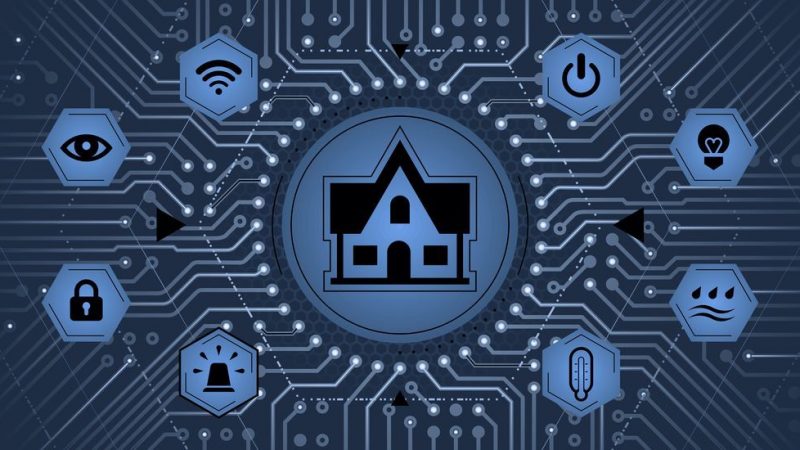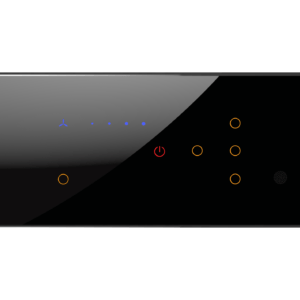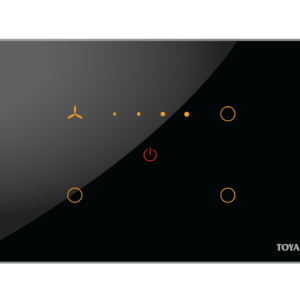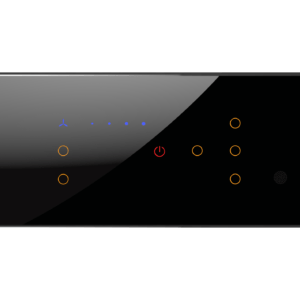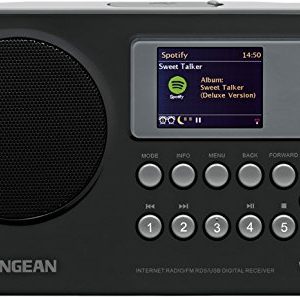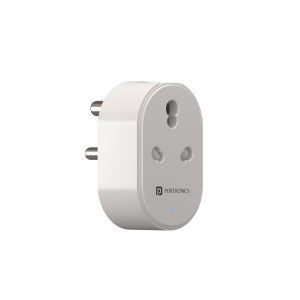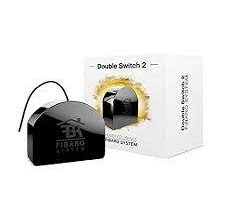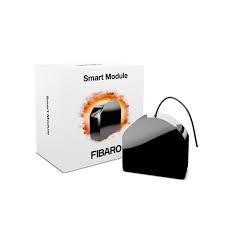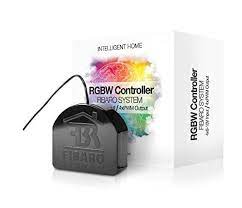No products in the cart.
The boom in India’s home automation market Leave a comment
In India, the home automation industry is predicted to increase at a CAGR of more than 23% during the next six years.
Metro cities like Delhi, Mumbai, and Hyderabad are among the most promising, with penetration already reaching and expected to rise further.
Megacities such as Bangalore and Ahmedabad are following suit.
L&T, Schneider Electric, Johnson Control, AMX, and Crestron are some of the leading players in the home automation sector.
The home automation market is still in its early stages, with only the most affluent customers opting for automation.
The organized market accounts for more than half of the market and is likely to grow as big organized businesses participate in India’s home automation sector.
Some of the applications included in home automation are lighting, security, audio/video, and HVAC.
Security leads the industry and is anticipated to continue to do so in the future since data theft and burglary are on the rise in India.
Technology is a huge advantage in this industry, and with the leading brands investing the majority of their time and income in product R&D, the home automation market is likely to grow significantly in the future years.
This market is divided into three segments based on end-users: residential, business, and hotel.
Home automation was previously used primarily in commercial establishments such as offices and institutions, but with increased awareness and a more active lifestyle among people, home automation is now dominated by the residential segment and is expected to grow the fastest in the hospitality sector.
Because home automation is an emerging market, and India has the biggest potential for this market, global businesses are projected to expand their operations in India, resulting in increased penetration.

